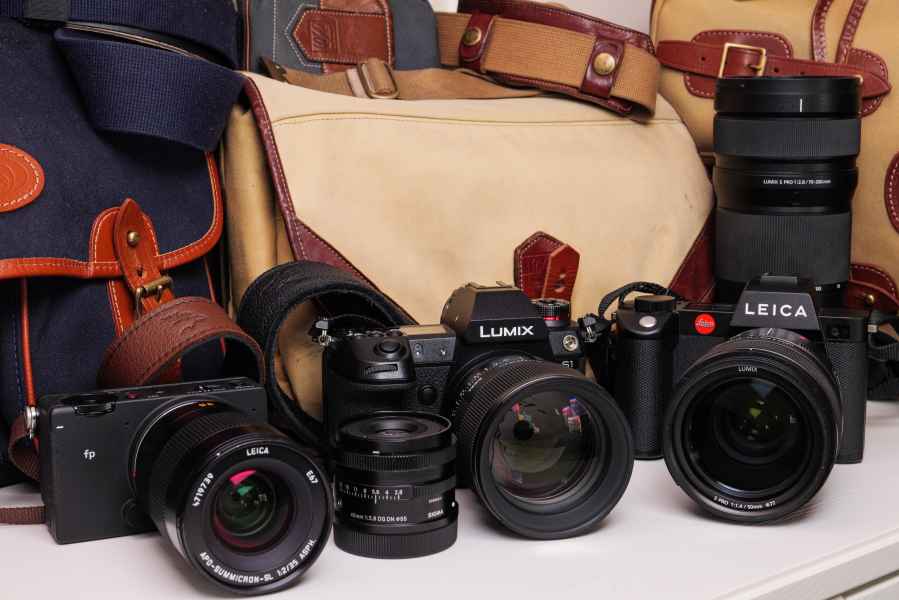At a glance:
- The L mount alliance is a partnership between Leica, Panasonic and Sigma
- Standard ensures compatibility across cameras and lenses
- Six current full-frame cameras
- Over 50 L-mount Lenses
I don’t recall ever thinking about lens mounts and certainly never chose a camera system based on its mount. But the L-mount and its alliance of three major players has put the choice of lens mount front and centre, as it becomes a hugely unifying feature, bringing together a lot of very creative and top-notch design and engineering. We’re now at a time when full-frame digital cameras are available from Canon, Leica, Nikon, Panasonic, Pentax, Sigma and Sony. Not to mention quality Micro Four Thirds, APS-C and medium format options. We have huge diversity and choice. Within these names though lays an alliance that brings tremendous versatility. In late 2018, Leica, Panasonic Lumix and Sigma announced the L-Mount Alliance. A unified lens mount, to be shared by three very different camera companies.

Cameras and lenses from the L Mount Alliance. (L-R) Sigma fp with a Leica APO-Summicron-SL 35mm, Lumix S1 with a Sigma 85mm f1.4 DG DN Art and a Leica SL2 with a Lumix S Pro 50mm f1.4. London, UK. Septmeber 22, 2020. Photo: Edmond Terakopian
Each company has its own philosophies, technologies, features and characteristics, at varying price points, within their cameras and lenses. The wide variety of lenses starts at one end with eye-watering prices and jaw-dropping results, to more pocket-friendly sums with extremely capable results. The beauty of the L-Mount Alliance is that you can chop and change, and hand-pick what you need, to make arguably the most versatile camera system available. Ever.
Unlike other mirrorless cameras where you will perhaps lose AF, have slow AF, lose mechanical aperture ring use or have field of view magnifications or vignetting when using non- manufacturer’s lenses, any of the L-mount lenses will work as they were intended, with AF and full aperture control, across the field. Lens stabilisers will work too on other manufacturers’ camera bodies, unless specifically stated.
This also means that if in years to come, you decide to switch cameras to a different manufacturer’s, your lenses will still work. The major part of your investment will remain safe. I’ve found that in photography, lenses are where one should make most of their investment. So if you have invested in a Lumix S Pro, a Leica SL or Sigma Art lens, this will work perfectly regardless of whether you use Leica, Lumix or Sigma L-mount cameras. Or even a mixture of these bodies.

A Backes & Strauss Piccadilly Ballerina Jonquil timepiece, modelled by Mona Ali Panasonic Lumix S1R, Lumix S Pro 24-70mm F2.8, 1/200sec at f/22, ISO 100. Elinchrom Ranger Quadra with Rotalux softbox
It’s been an interesting couple of weeks. With my MindShift Gear PhotoCross 15 backpack and my Instinct Pro Camera Sling Bag, I’ve been carrying my own Lumix S1R, with the Lumix S Pro 50mm F1.4 and S Pro 70-200mm F4 OIS, as well as various gear on loan. From Sigma, the fp camera, 45mm F2.8 DG DN and 85mm F1.4 DG DN Art lenses, along with the Leica SL2, APO-Summicron-SL 35mm f/2 ASPH and Vario-Elmarit-SL 24-90mm f/2.8-4 ASPH.
My aim was to shoot the systems with their own-brand lenses, but also to change between the brands and mix up as many combinations as possible. When it comes to looking at the entire ecosystem of cameras and lenses within the L-Mount Alliance, you’ll need someone mathematically gifted to come up with an exact number of combinations possible.
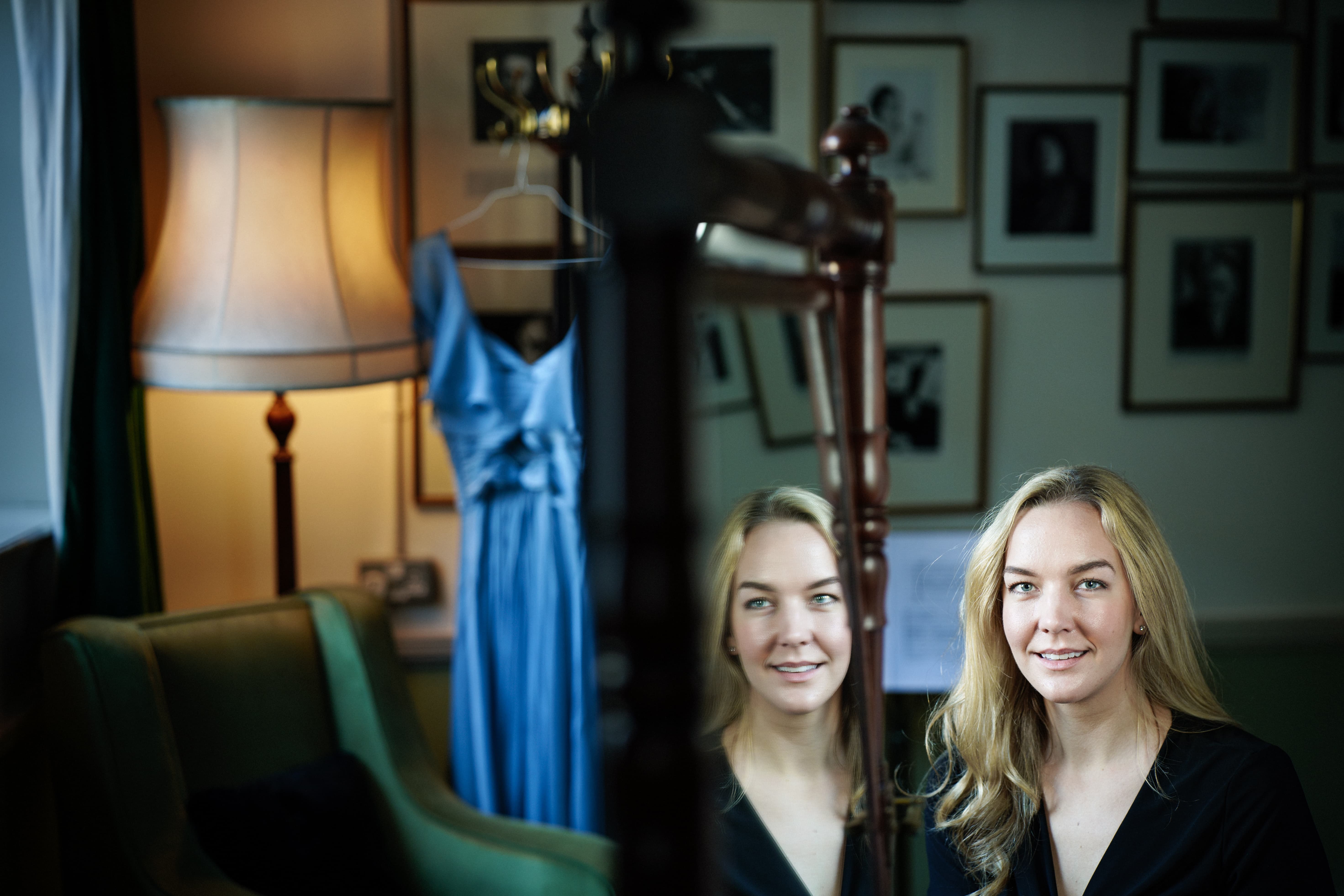
Opera singer Ida Ränzlöv in her dressing room. Sigma fp, Lumix S Pro 50mm F1.4, 1/160sec at f/1.4, ISO 400, Westcott Ice Light
At the time of writing, the only real shortfall in native L-mount lenses is in the form of a fast-aperture super-telephoto lens; there is the Leica APO-Vario-Elmarit- SL 90-280mm f/2.8-4, the option of using the Lumix S Pro 70-200mm f/2.8 with either of the two teleconverters available or the Sigma 100-400mm F5-6.3 DG DN OS, which depending on needs, may or may not suit. Of course the beauty of mirrorless cameras is the ability to get a lens adapter and mount pretty much any full-frame (and up) lens to work, but usually with some manual operations needed.
Since around a month before the launch of the Lumix S Series (February 2019), I started shooting with a pre-production S1. Soon after launch, I acquired my own S1 and S1R, along with the Lumix S 24-105mm F4, S Pro 50mm F1.4 and 70-200mm F4 lenses. Later these were joined by the S Pro 24-70mm F2.8,S Pro 16-35mm F4 and S Pro 70-200mm F2.8. So I’ve had a fair amount of experience with the S1 and have probably shot with it professionally for longer than anyone in the UK. It’s given me a good grounding in the L mount.
My own kit has accompanied me on both my professional shoots and personal work for close to two years now. Once I saw what the Lumix S series equipment was capable of, I sold my professional Canon kit.
Beginnings
Of course the L mount is not completely new, apart from in name. It was originally designed and introduced by Leica in 2014 as the T mount for its APS-C Leica T (Type 701). The name was changed to the L mount and used for the full-frame SL (Type 601) in October 2015, whilst the firm’s APS-C lenses adopted the the TL designation. In September 2018, the L-Mount Alliance was established, opening up a huge array of possibilities. The member companies work harmoniously, with a list of specifications that need to be met, making the system truly cross-compatible.
Going back to the birth of the L mount, I was never a fan of the Leica SL system. The camera itself was fine, but the lenses were far too big and far too heavy. As good as the Vario- Elmarit-SL 24-90mm f/2.8-4 ASPH was, it’s size and weight were a huge issue for me.
Now though, things have very much changed. In part the technology and materials, but also the design ethos. Leica itself makes the smaller and lighter APO Summicron lenses, but it’s now joined by Lumix and Sigma.

A Superperformance Shelby Cobra at the Classic Car Drive In Weekend Leica SL2, Leica 24-90mm F2.8-4 ASPH, 1/400sec at f/4, ISO 100
Lenses
I’m fortunate in that over my 31-year career, I’ve had some of the very best lenses from Angénieux, Canon, Nikon, Leica (M and R), Olympus and Zeiss. Probably the best lenses I’ve ever used though have been the Leica APO-Summicron-SL lenses; I’ve had a chance to shoot with the 35mm, 50mm and 75mm versions and each one has left me extremely impressed. Painfully so, as I would love dearly to get all four available (even though I haven’t tried the 90mm version yet), which sadly wouldn’t leave me any change from £16,100. Very close to this quality are the Lumix S Pro lenses, with my favourites being the 50mm F1.4 and 24-70mm F2.8, with both the 70-200mm F4 and the 70-200mm F2.8 being stunningly good too. The latter is a no-compromise lens of staggering quality and performance.
Every time I’ve shot with any of these four lenses, I’ve always been left mightily impressed, when looking through the raw files in Lightroom, or examining prints for exhibitions. All of the Lumix S Pro lenses are Leica certified, so the quality is right up there, but in a much more pocket-friendly way. One newcomer though has left me extremely impressed over the past few weeks of use: Sigma’s new 85mm F1.4 DG DN Art lens. It’s a remarkable lens, which renders beautifully. The engineers have managed to pretty much halve the size and weight of it, compared to the DSLR version. For me, this has shown what is possible for the L mount and I think it’s the future of lens design for the systems in the alliance.
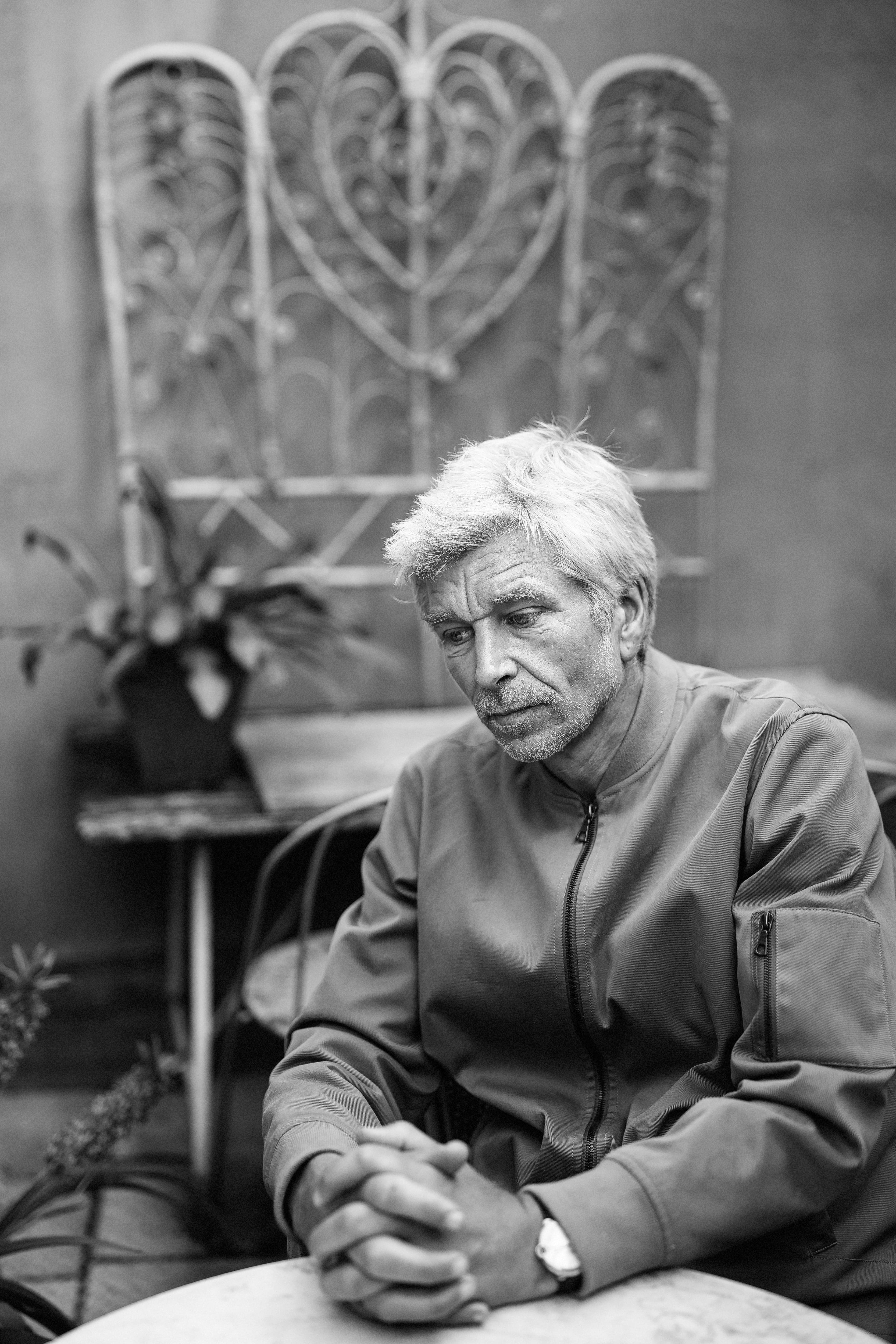
Author Karl Ove Knausgård, photographed in his local cafe. Panasonic Lumix DC-S1, Lumix S Pro 50mm F1.4, 1/400sec at f/1.4, IS0 100
If the engineers in Aizu can bring this design philosophy of smaller and lighter, this level of craftsmanship and optical excellence to some of their other phenomenal Art lenses, then the L-Mount Alliance will be taken to the next level. Sigma’s tiny 45mm f/2.8 Contemporary lens is also a lovely lens to shoot with and when mounted on the fp, it’s just the perfect companion and form factor, as I’m sure it will be on the new Lumix S5. Lumix has announced a series of smaller S prime lenses, which will match the size of its newly launched S5 and the fp perfectly. Given that the ‘kit’ Lumix S 24-105mm F4 Macro OIS is such a good lens and one that I used exclusively for months on my S1, I’m sure these primes will be a joy to use too. Although I’m concentrating on the full-frame options here, it’s worth remembering that the same mount is also used by Leica’s APS-C range of TL and CL cameras. Leica’s TL lenses are compatible with the full-frame cameras, naturally cropping down the field of view, but keeping AF and aperture control just fine.
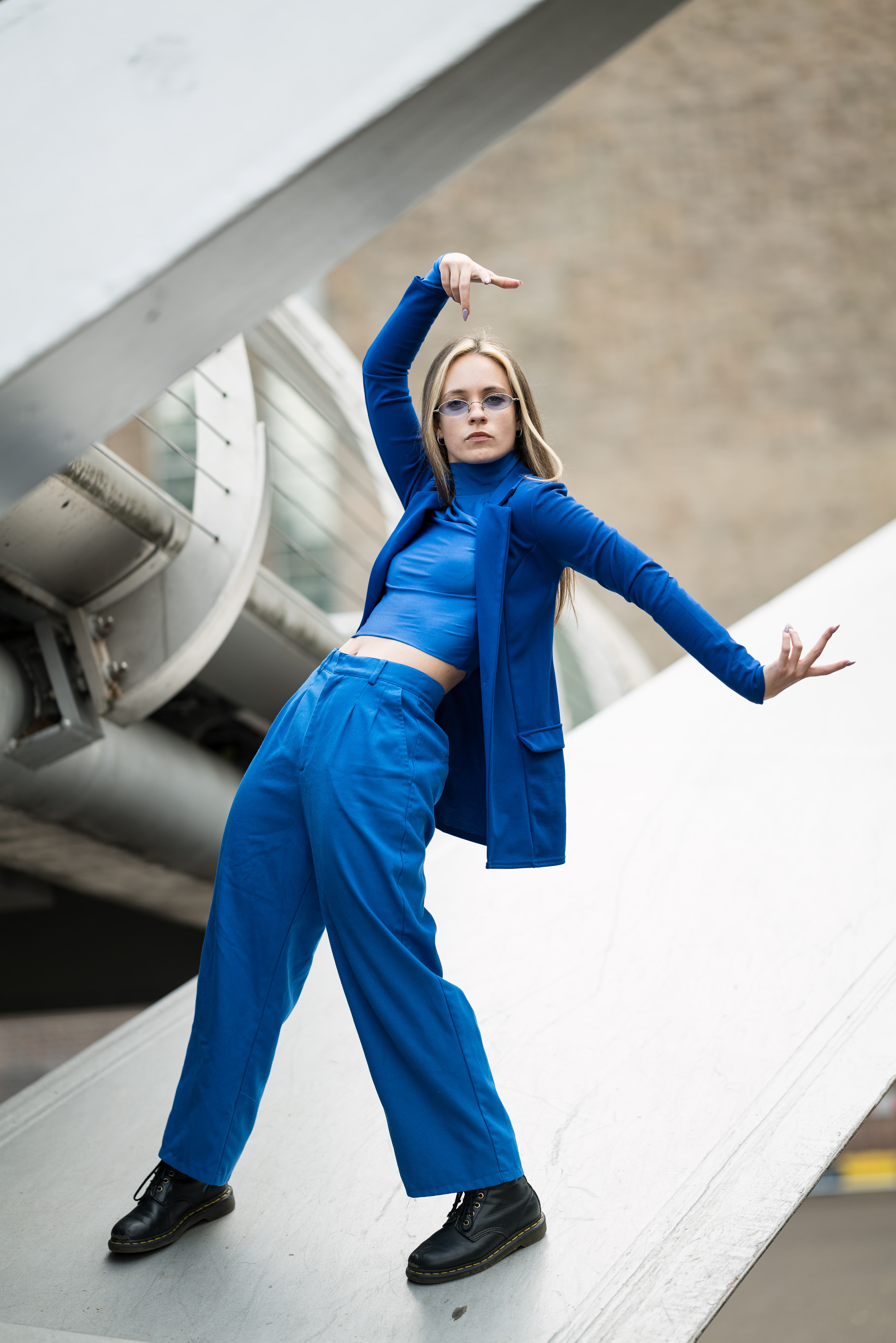
Professional dancer Faye Stoeser at the Millennium Bridge, Bankside, London. Leica SL2, Sigma 85mm F1.4 DG DN, 1/400sec at f/1.4, IS0 100
As always though, my advice is consistent. Invest in your lenses as they will outlast multiple camera changes. It’s always worth stretching to the best lenses you can afford. The optics will make you happier but also the build quality will mean they will last much, much longer. Also, better lenses have been designed to resolve more details, which makes them more future-proof for the next jumps in megapixels. The choice is huge, covering 14mm to 400mm. At the time of writing, there are 41 full-frame L-mount lenses and further ten APS-C lenses available, with a few named for imminent launch. I would suggest keeping an eye on the L-Mount Alliance page here.
Thoughts
I’m kind of in love with the Sigma fp, but in the full romantic way, which doesn’t always make any logical sense! One of its charms is that it’s the smallest and lightest full-frame camera available, measuring just 112.6×69.9×45.3mm and weighing 422g, with the battery. This is the second chance I’ve had to work extensively with the camera, shooting a multitude of work. Both times I’ve loved the camera and have been left frustrated by it too! It’s been a passionately exhausting experience. Without an EVF, using the rear screen is not practical for me. The magnifier hood works well, but adds a tremendous amount of bulk and makes the camera unwieldy to use. The electronic-only shutter also brings with it a fair share of problems.
So if your subjects are often fast moving, you shoot in a lot of artificial cyclical lighting or you need to use flash at faster sync speeds, then this camera will fail you. Having said all of that, I have the Sigma fp sitting on my lap as I write and I have really developed an illogical affection towards it. I hope the talented folks in Aizu will develop an EVF for it (the HDMI-out port and a mounting hole already exist, perfectly positioned on the left) and I hope the next model will perhaps cram in a mechanical shutter and ideally an internal stabiliser as well. Aside from these shortfalls, it performs admirably and produces lovely results. The performance and image quality from my own Lumix S1 and S1R were enough to make me sell off my professional Canon DSLR outfit and go fully mirrorless.
For me, the ergonomics on the S1 and S1R are pretty much spot on. Buttons, dials and a joystick where you need them. The menu system is also a joy to use, and considering how thorough it is, it’s so well designed that one really doesn’t need the manual. One pleasant surprise for me was how much more capable the S1R, S1 and the much newer SL2 are at faster-moving, continuous autofocus work after firmware updates. Whilst not a professional-level sports photographer’s tool, the enhanced contrast-detect AF system does allow significant updates via firmware. Leica’s contrast metering and depth mapping and Lumix’s Depth from Defocus technology result in a very surefooted system. It has matured into an extremely capable system, keeping rally cars, dancers and skateboarders nicely in focus during my recent shoots. Single AF, face and eye detection are all spot on, pretty much across the board.
As one would expect from Leica and at this price point, the SL2 has an even more premium feel compared to the Lumix offerings. It also brings a totally different design philosophy; one of minimalism in the body design, physical interface and elegantly simple menu system. The rendering from the sensor is sublime, especially with the APO-Summicron-SL and S Pro lenses. The raw files from all the cameras I’ve tested are magnificent. Full tonal range, subtleties and with a huge dynamic range. The colour science is true, unlike some of their competitors that give exaggerated and inaccurate colours. My software of choice is Lightroom and processing the images from all of these cameras has proved to be a joy. My only gripe is that Lightroom doesn’t have raw profiles for the SL2, so I’ve been using the Adobe raw profiles. They’re okay, but I would love to see proper raw profiles from Leica, with its colour science.

A portrait of Jim Connor, former picture editor of The Herald, Glasgow, enjoying a pint of Guinness at The Long Hall pub in Dublin
Conclusions
Over the years, I’ve had the financial pain of having to swap camera systems and along with it, all my lenses. First I swapped from Canon FD to Nikon when AF was introduced. Then I moved to Canon EOS, as the EOS-1D Mark II was so much better than Nikon’s D2H. I then started to use Olympus Micro Four Thirds from launch, keeping my Canon kit. Then the Lumix G9 completely blew me away, and I swapped over to Lumix, whilst slowly swapping out my MFT lenses to Leica DG where I felt they did a better job than the M.Zuiko lenses I had. With the L-Mount Alliance though, whilst a little like MFT, this camaraderie is between three companies, bringing much more variety.
I know that my investment in cameras or lenses is safe, because when one manufacturer releases something which is an absolute must-have, I know it will work within this ecosystem and not need an entire swap over with crippling financial consequences. Each member of the L-Mount Alliance has exceptional cameras and lenses, all of which will help you create spectacular photographs and video. Depending on your own particular needs, tastes, ergonomic preference, minimalism vs practical layout, and finances, one is spoilt for choice. From the S5 and fp, to the S1H and SL2, you have a huge range, each with their own characteristics, to choose from. The number of combinations mean that one doesn’t need to compromise, but can tailor a bespoke outfit. So, what’s in a mount? Rather a lot, actually.
Pro-level video
One of the branches which has developed in the L-mount system is for professional level video. This distinction is important to grasp, as all the cameras are capable of exceptional video, but two in particular cater to the high-end professional market. The Lumix S1H, whilst also being a photographic powerhouse, brings with it extremely high-end video quality as well as ability, in its toolset and performance. So much so in fact that it’s the only mirrorless camera on the extremely particular Netflix recommended camera list. One look at this very exclusive list shows just how capable this camera is. Whilst not on this list, the Sigma fp brings with it full-on professional video capabilities as well, in a very small form factor. In fact I would say the fp is perhaps a video tool first; lacking an EVF and mechanical shutter perhaps alludes to its primary purpose.
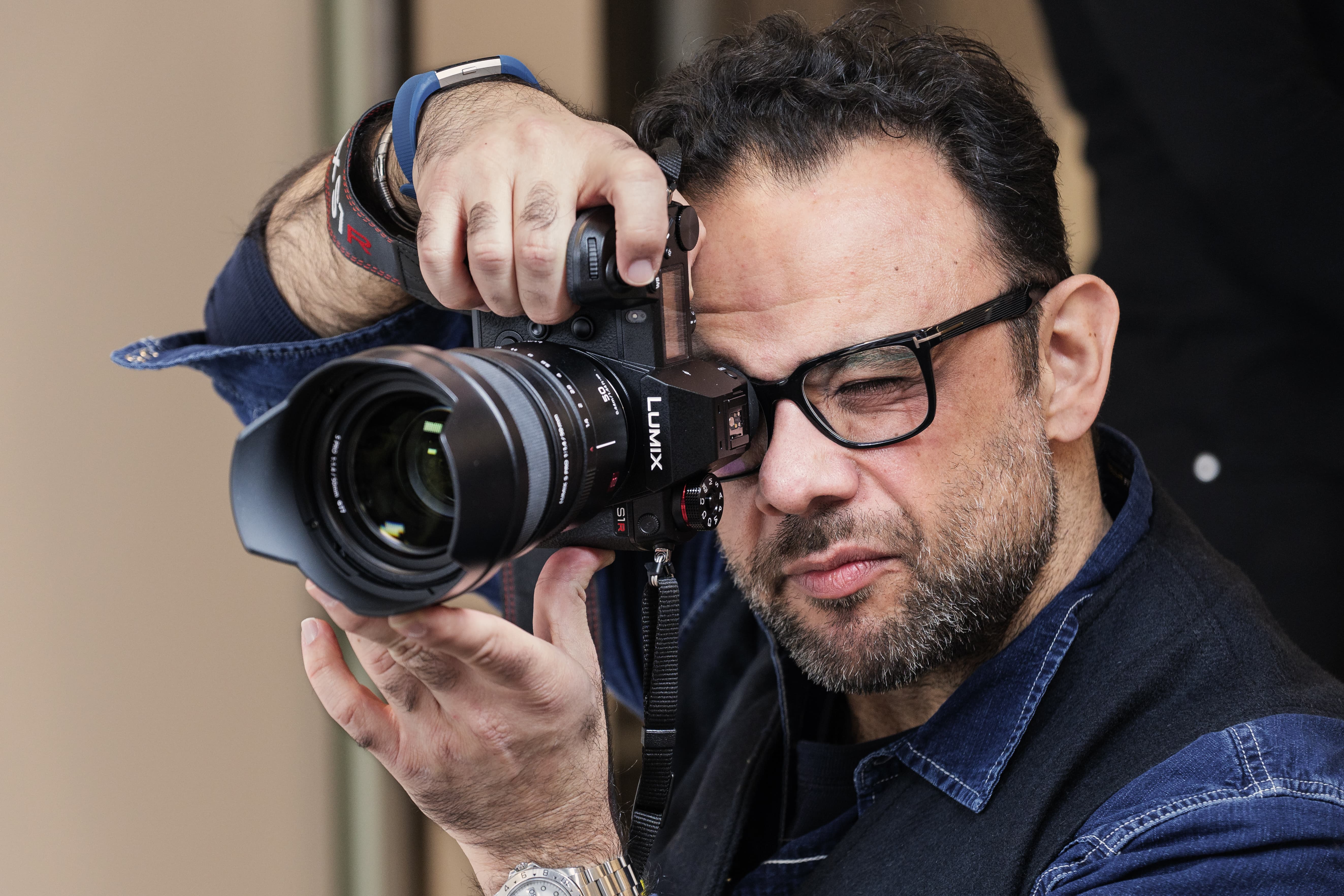
Edmond Terakopian is a London-based freelance press and commercial photographer. In 2006 he was named “Photographer Of The Year” in the British Press Awards, and picked up the third place in the spot news catagory of the prestigeous World Press Photo. He is also a multi award-winning short film maker. He can be found on Instagram and Twitter as @terakopian

